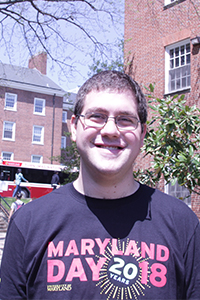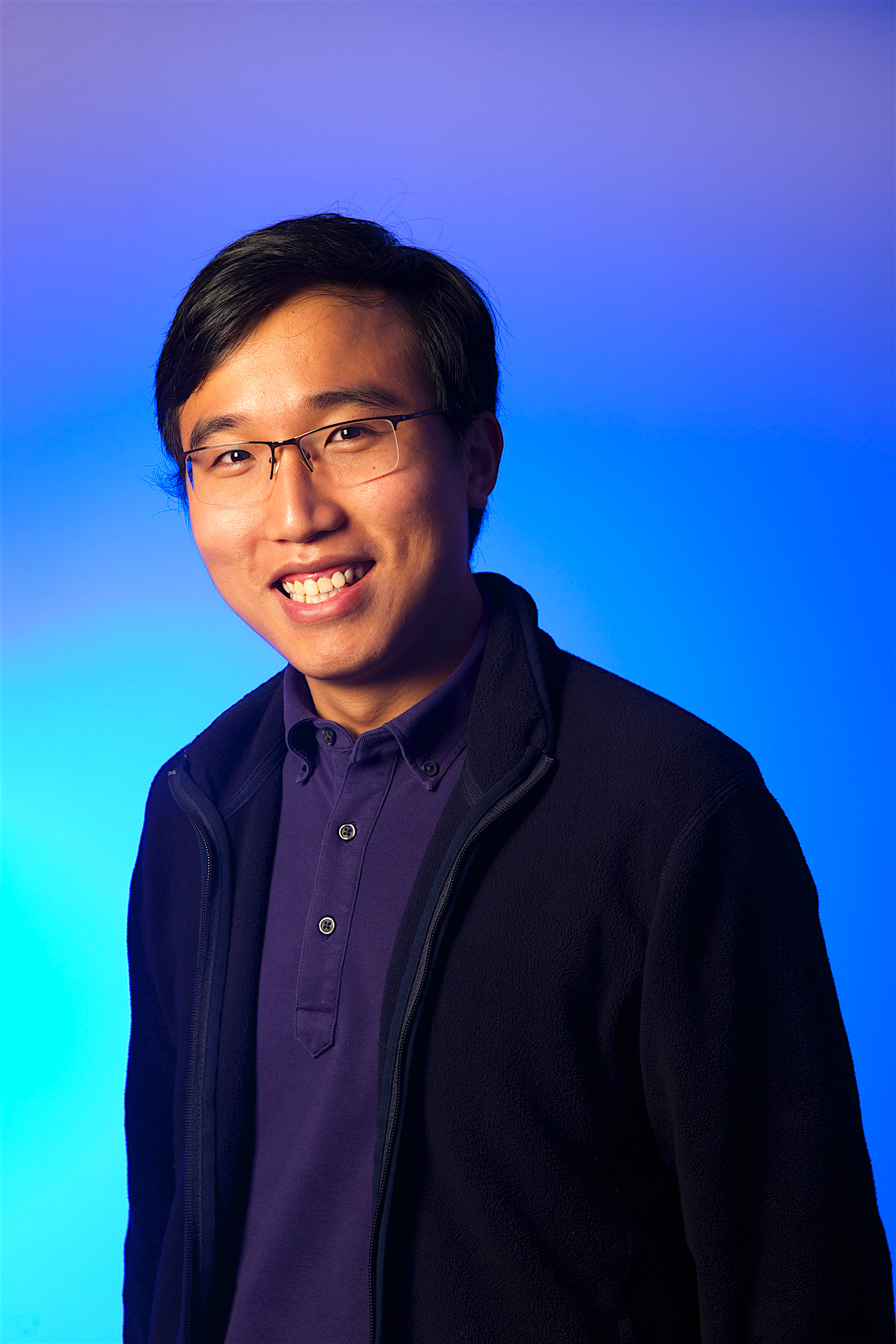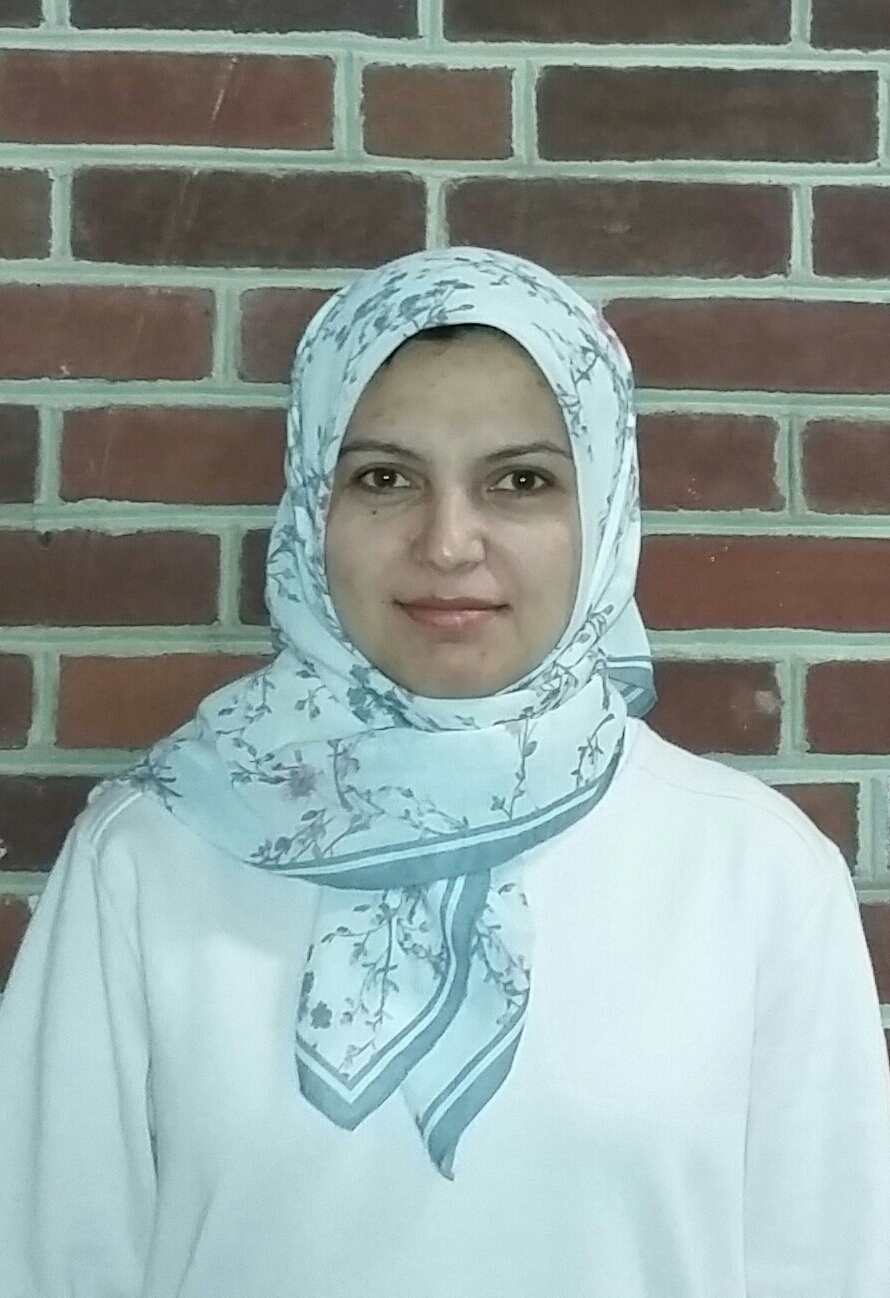Eliot Fenton Recognized as a Maryland ‘Undergraduate Researcher of the Year’
- Details
- Category: Department News
- Published: Wednesday, May 09 2018 13:16
Eliot Fenton, UMD physics major, was among those recognized as a 2018 Maryland ‘Undergraduate Researcher of the Year.’ This award is eligible for exemplary seniors who have been nominated by their faculty advisors. Fenton earned this award for his wide-ranging experimental physics research accomplishments.
From 2015-2017 Fenton worked on optical nanofibers with JQI Fellow and UMD Physics Professor Luis Orozco. Recently, Fenton along with fellow undergraduate researcher Adnan Khan (now a graduate student at University of Washington), together with colleagues, published a study of how light interacts with an optical nanofiber’s mechanical movements. Last year, Fenton co-authored a paper that detailed precise measurements of an optical nanofiber.
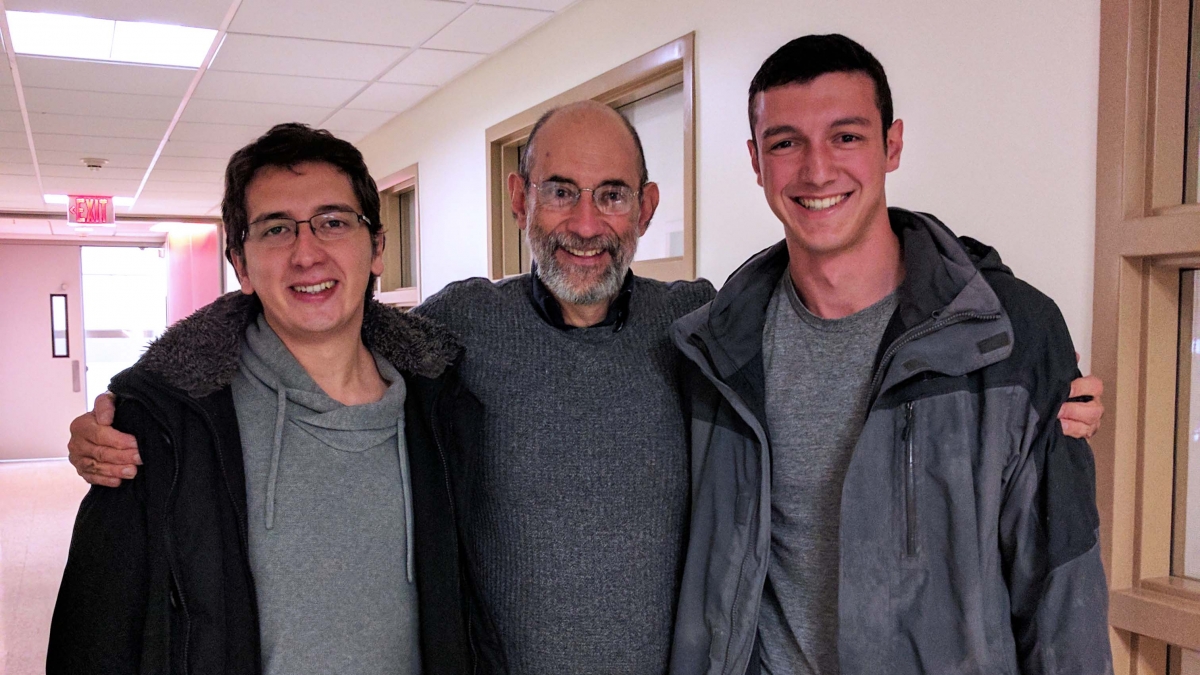 Eliot Fenton (right) with research advisor Luis Orozco (center) and former UMD graduate student Pablo Solano (left). (Photo courtesy of L. Orozco)
Eliot Fenton (right) with research advisor Luis Orozco (center) and former UMD graduate student Pablo Solano (left). (Photo courtesy of L. Orozco)
In 2017 he began doing research with JQI Fellow and NIST scientist Ian Spielman and his team. In this group, Fenton has been working on the construction of a new ultracold atomic physics experiment in the Physical Sciences Complex.
In addition to UMD research activities, Fenton completed summer research internships at both the Niels Bohr Institute in Denmark and CERN.
Fenton, who will graduate in May 2018, is planning to attend graduate school at Harvard University, where he will study ultracold molecules with Assistant Professor of Chemistry and Chemical Biology Kang-Kuen Ni.
REFERENCE ARTICLES
“Spin-optomechanical coupling between light and a nanofiber torsional mode,” Eliot F. Fenton, Adnan Khan, Pablo Solano, Luis A. Orozco, and Fredrik K. Fatemi, Optics Letters (2018) https://doi.org/10.1364/OL.43.001534
"Modal interference in optical nanofibers for sub-Angstrom radius sensitivity," F. K. Fatemi, J. E. Hoffman, P. Solano, E. T. Fenton, G. Beadie, S. L. Rolston, and L. A. Orozco, Optica (2017). https://doi.org/10.1364/OPTICA.4.000157
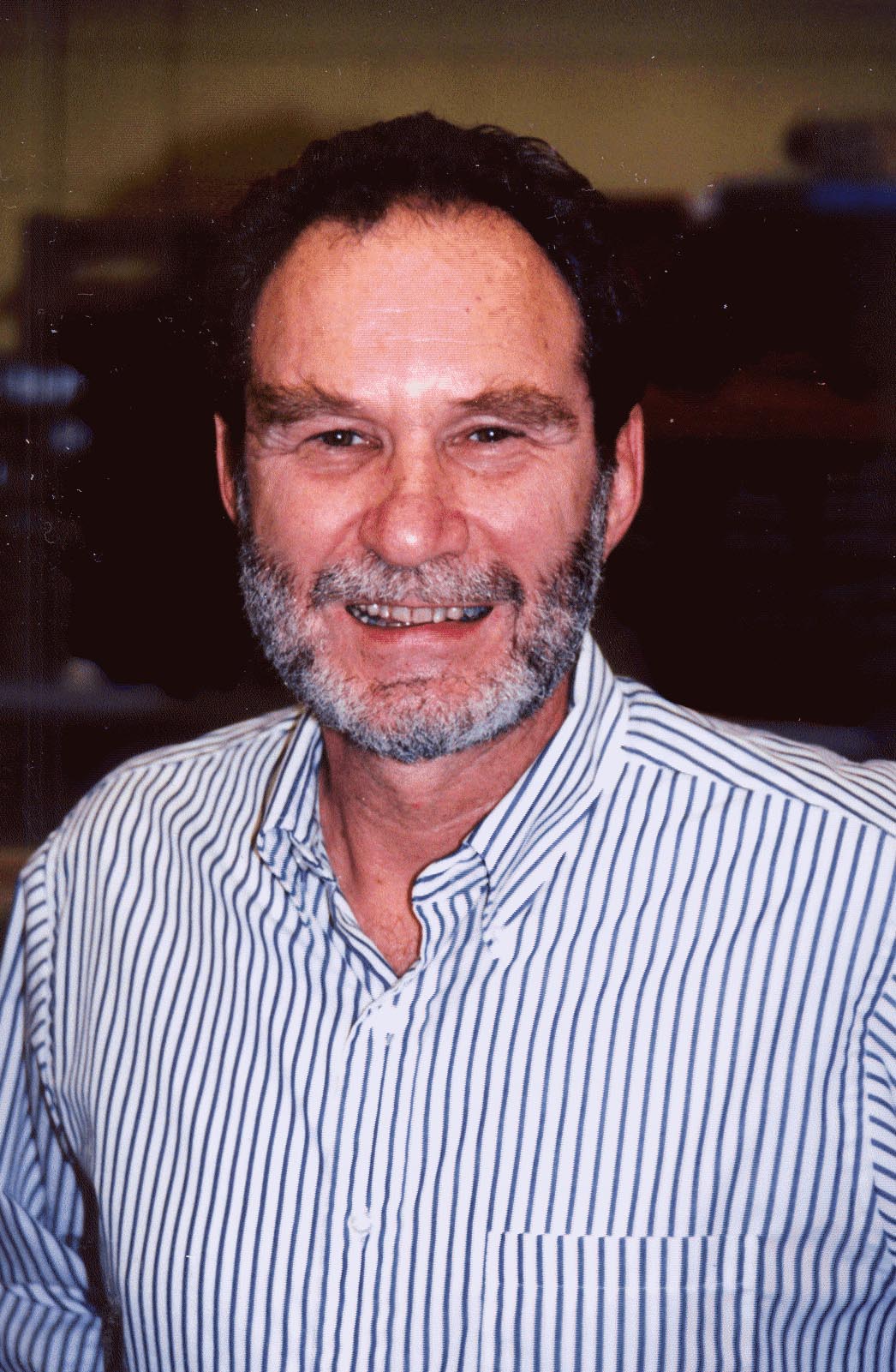
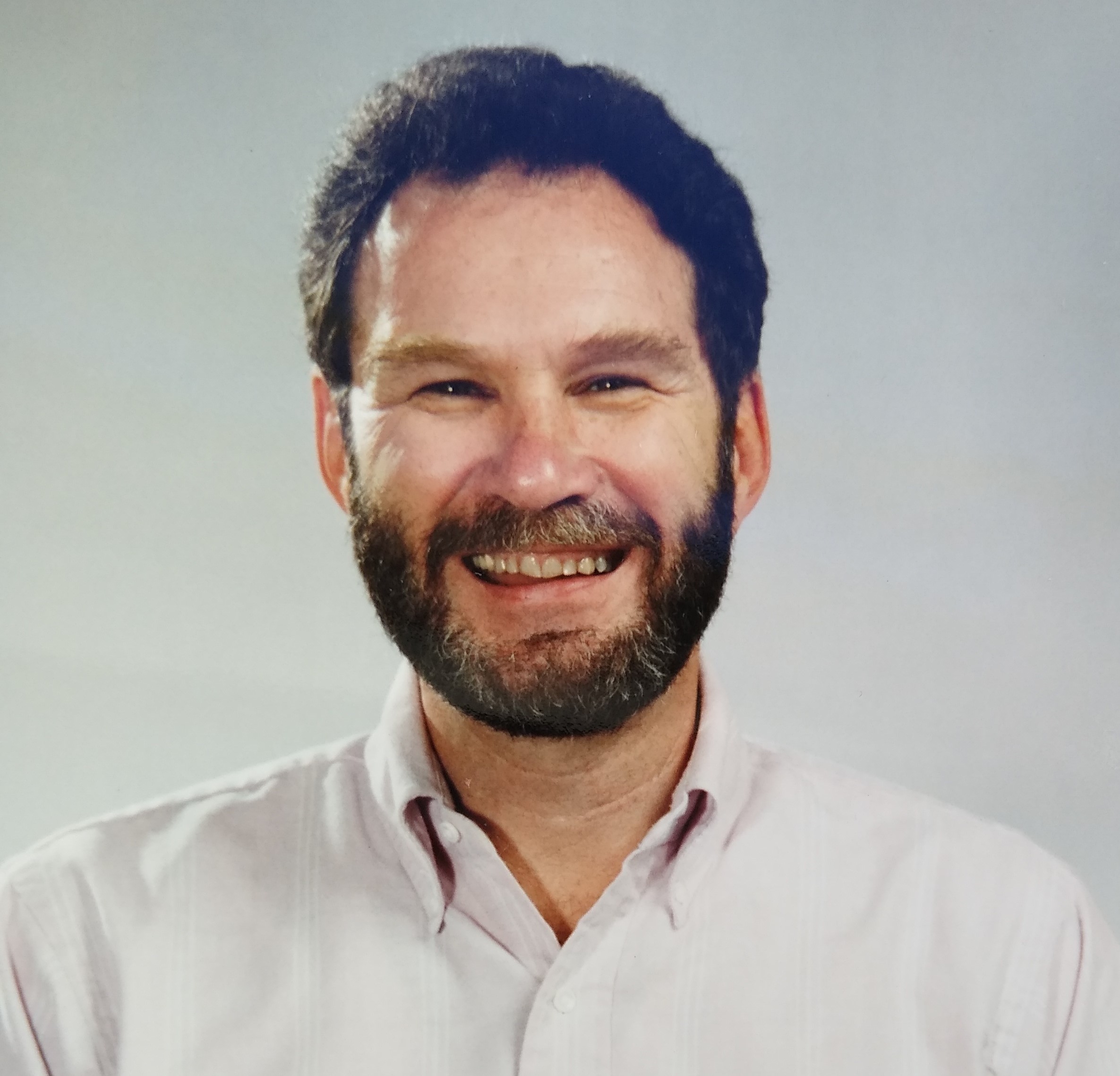 He received the Department’s Excellence in Teaching Award in 1981-82 and its Continued Excellence in Teaching Award in 1982-83. He was also nominated for the Parents’ Association 2001 Outstanding Faculty of the Year Award. He was a resident of College Park and enjoyed attending Maryland sporting events.
He received the Department’s Excellence in Teaching Award in 1981-82 and its Continued Excellence in Teaching Award in 1982-83. He was also nominated for the Parents’ Association 2001 Outstanding Faculty of the Year Award. He was a resident of College Park and enjoyed attending Maryland sporting events.